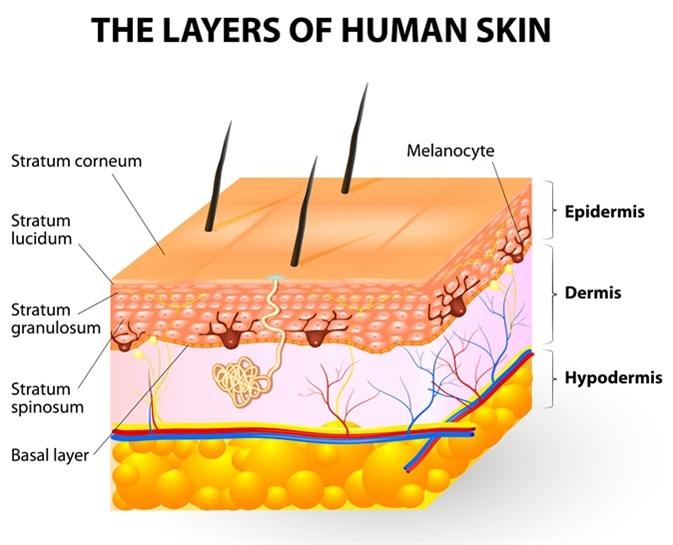A nurse evaluates the following arterial blood gas values in a patient: pH 7.48, PaO 98 mm Hg, PaCO 28 mm Hg, and HCO - 22 mEq/L (22 mmol/L). Which patient condition does the nurse correlate with these results?
Diarrhea and vomiting for 36 hours
Chronic obstructive pulmonary disease (COPD)
Anxiety-induced hyperventilation
Diabetic ketoacidosis and chronic obstructive pulmonary disease (COPD)
The Correct Answer is C
A. Diarrhea and vomiting for 36 hours:
Diarrhea and vomiting can lead to metabolic acidosis due to loss of bicarbonate and increased hydrogen ion concentration in the blood. However, the ABG values provided indicate respiratory alkalosis (high pH and low PaCO2), which is not consistent with metabolic acidosis caused by diarrhea and vomiting. Therefore, this choice does not correlate with the ABG values.
B. Chronic obstructive pulmonary disease (COPD):
COPD is a respiratory condition characterized by airflow limitation and increased airway resistance. It can lead to respiratory acidosis due to retention of carbon dioxide (PaCO2 levels would be elevated). The ABG values in the scenario show respiratory alkalosis (low PaCO2), which is the opposite of what would be expected in COPD. Therefore, this choice does not correlate with the ABG values provided.
C. Anxiety-induced hyperventilation:
Anxiety-induced hyperventilation is a common cause of respiratory alkalosis. During hyperventilation, there is excessive elimination of carbon dioxide (PaCO2 levels decrease), leading to an increase in pH (alkalosis). The ABG values in the scenario show a high pH (7.48) and low PaCO2 (28 mm Hg), consistent with respiratory alkalosis seen in hyperventilation due to anxiety.
D. Diabetic ketoacidosis and chronic obstructive pulmonary disease (COPD):
Diabetic ketoacidosis (DKA) is a metabolic condition characterized by hyperglycemia, ketosis, and metabolic acidosis (low pH and low bicarbonate levels). COPD, as mentioned earlier, can lead to respiratory acidosis due to retained carbon dioxide. Neither of these conditions correlates with the ABG values provided, which show respiratory alkalosis (high pH and low PaCO2). Therefore, this choice does not correlate with the ABG values.
Nursing Test Bank
Naxlex Comprehensive Predictor Exams
Related Questions
Correct Answer is B
Explanation
A. Loose connective tissue:
Melanocytes are not typically found in loose connective tissue. Their primary location is within the epidermis, specifically in the basal layer, where they interact with keratinocytes to produce melanin and contribute to skin color. Loose connective tissue contains collagen and elastin fibers, as well as fibroblasts, but it does not house melanocytes.
B. Epidermis:
This is the correct answer. Melanocytes are primarily located in the basal layer of the epidermis, which is the deepest layer of the epidermis. These cells produce melanin, a pigment that helps protect the skin from UV radiation and determines skin color. Melanocytes are interspersed among keratinocytes in the epidermis and transfer melanin to keratinocytes to provide skin pigmentation.
C. Dermis:
The dermis is the layer of skin beneath the epidermis and consists of connective tissue, blood vessels, nerves, hair follicles, and sweat glands. While the dermis plays a crucial role in supporting and nourishing the epidermis, melanocytes are not primarily located in the dermis. They are confined to the basal layer of the epidermis.
D. Superficial fascia:
The superficial fascia, also known as the subcutaneous tissue or hypodermis, lies beneath the dermis and consists of adipose (fat) tissue and connective tissue. It provides insulation, energy storage, and cushioning for underlying structures. However, melanocytes are not typically found in the superficial fascia. They are restricted to the epidermis, specifically the basal layer, where they carry out their function of melanin production.

Correct Answer is D
Explanation
A. Evidence-based practice:
Evidence-based practice (EBP) involves integrating the best available evidence from research, clinical expertise, and patient preferences and values to inform nursing practice. In perioperative nursing, EBP is important for making informed decisions about preoperative, intraoperative, and postoperative care protocols. For example, using evidence-based guidelines for surgical site infection prevention, pain management strategies, and postoperative care protocols can improve patient outcomes and safety.
B. Informatics:
Informatics refers to the use of information technology and data management systems to support nursing practice, education, research, and patient care. In perioperative nursing, informatics plays a crucial role in managing electronic health records (EHRs), accessing patient data, documenting care, and communicating with interdisciplinary team members. It also includes utilizing perioperative information systems for surgical scheduling, anesthesia records, and tracking patient progress during surgery.
C. Quality improvement:
Quality improvement (QI) involves systematic processes to monitor, assess, and improve the quality of healthcare services. In perioperative nursing, QI initiatives focus on enhancing patient safety, optimizing surgical outcomes, reducing complications, and improving efficiency in perioperative processes. Nurses participate in QI projects by analyzing data, identifying areas for improvement, implementing evidence-based practices, and evaluating the impact of interventions on patient care and outcomes.
D. Safety:
Safety is a fundamental QSEN competency, particularly critical in perioperative nursing care. Perioperative nurses are responsible for ensuring the safety of patients during all phases of surgery, including preoperative assessment, intraoperative care, and postoperative recovery. This includes measures such as verifying patient identity and surgical site, preventing surgical errors (e.g., wrong-site surgery), maintaining aseptic techniques to prevent infections, preventing falls and injuries, managing anesthesia safely, and adhering to protocols for safe medication administration and equipment use.
Whether you are a student looking to ace your exams or a practicing nurse seeking to enhance your expertise , our nursing education contents will empower you with the confidence and competence to make a difference in the lives of patients and become a respected leader in the healthcare field.
Visit Naxlex, invest in your future and unlock endless possibilities with our unparalleled nursing education contents today
Report Wrong Answer on the Current Question
Do you disagree with the answer? If yes, what is your expected answer? Explain.
Kindly be descriptive with the issue you are facing.
